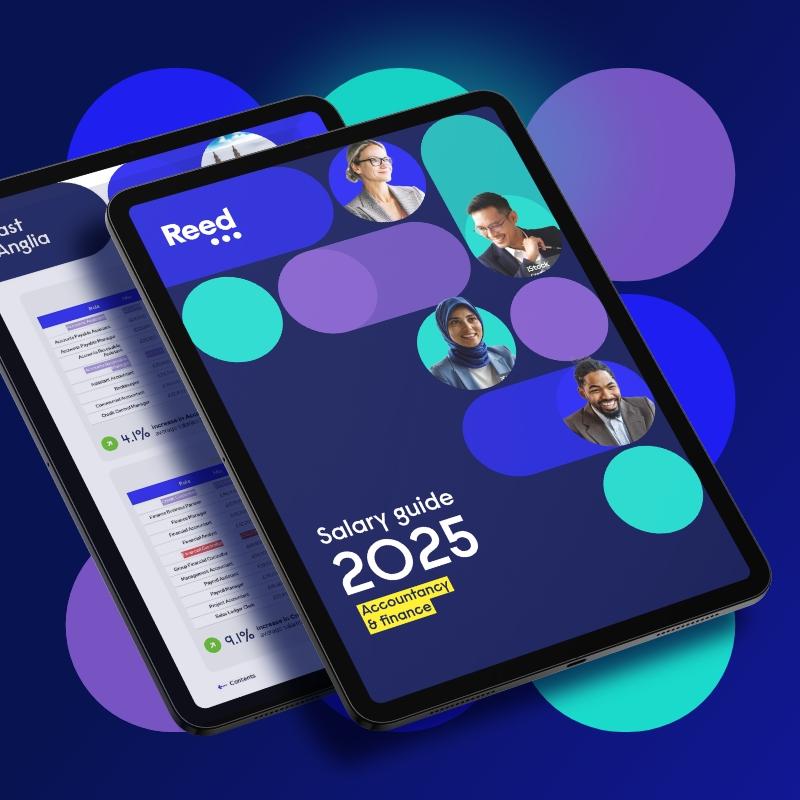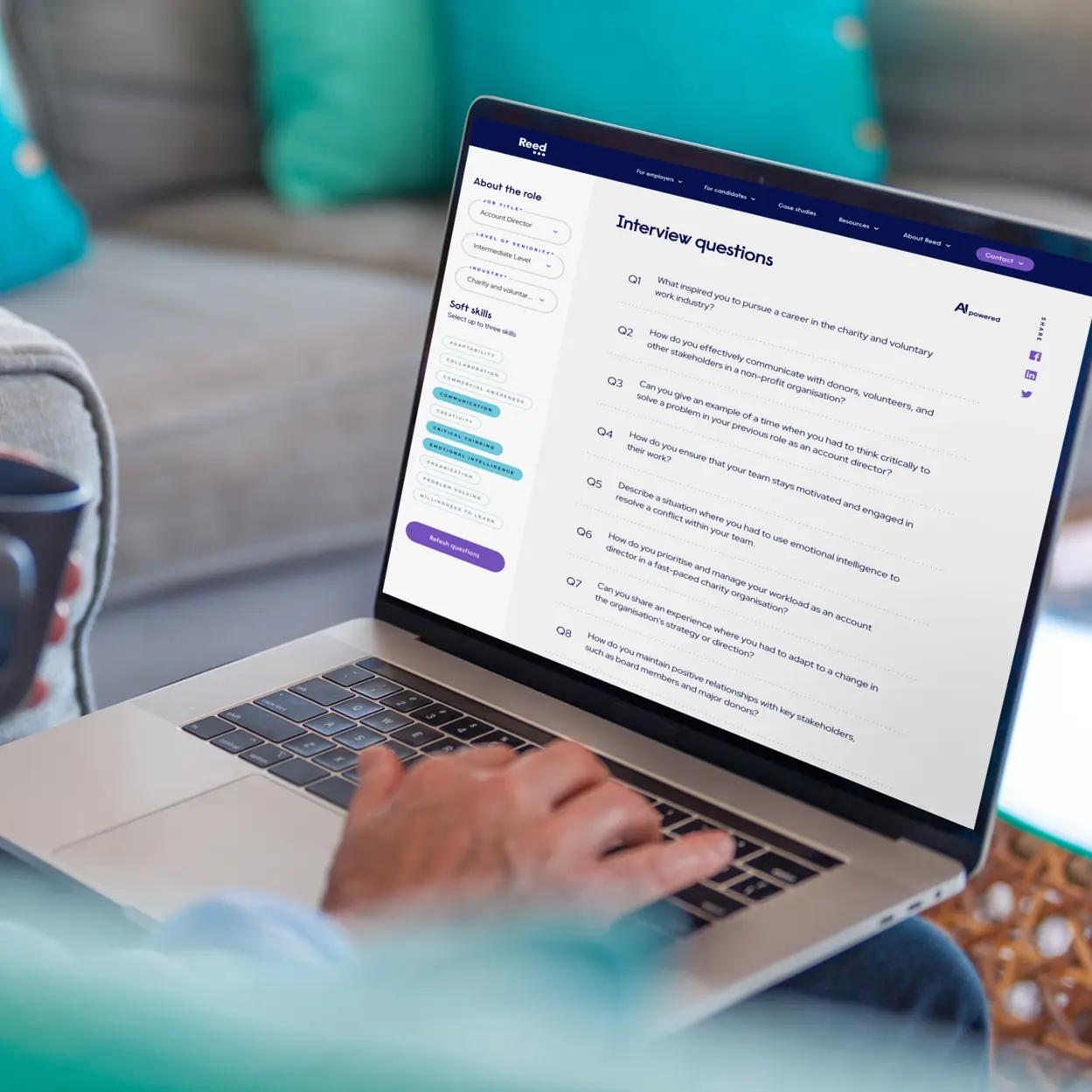Companies with more than 250 employees are required by law to publish their gender pay gap reports, and this practice has played an important role in decreasing wage inequality and holding businesses accountable. But this is not the only area where pay gaps are found. PwC recently released its socio-economic pay gap report with the findings revealing that gender isn’t the only differentiator when it comes to pay.
Reed spoke to Brenda to find out their reasons for the report, their findings and how they plan to use the data to improve their practices.

Q: Why did you decide to conduct a class pay gap report?
A: The pandemic has highlighted, and in many cases increased, the inequalities existing within our society, so we believe now is the right time to take the next step in our firm’s goal to improve social mobility. By analysing and publishing our socio-economic pay gap, we hope to raise awareness around the issue of people’s socio-economic background impacting their opportunities.
Q: What made you decide to make it public?
A: Transparency encourages trust. Improving access to opportunities and striving towards a society where a person’s career is based on their potential and not their background, is a top priority for PwC. We hope that by publishing this data others will follow and see the value in using it to identify problem areas and take the necessary actions to resolve them. PwC want talented people from lower socio-economic backgrounds to see that we are serious about this issue and that their future is important to us and the country.
Q: What were the findings?
A: The analysis was based on information shared by 80% of PwC’s employees and looked at the occupation of their highest earning parent. It showed that 14% come from a lower socio-economic background and the median socio-economic pay gap, including partners, is 12.1%
Both the pay gap and the representation by grade data were calculated using information on employees’ parental occupation, which is recognised by the Social Mobility Commission as the best measure of socio-economic background.
Q: Were there any results that surprised you?
A: There were no big surprises, but it was positive to see that the proportion of partners from lower socio-economic backgrounds was the same as the overall firmwide proportion of people from lower socio-economic backgrounds. The segment of our people and partners from lower socio-economic backgrounds is low and we know we have lots more work to do to improve this.
Q: Why do you think there is still a class pay gap?
A: In a similar vein to many other UK employers, this pay gap is a symptom of under-representation at senior levels. We have had an action plan in place to increase social mobility that we continue to build on, and where we are already beginning to see results, but it will take time for the impact of these activities to come through.
Q: What plans do you have in place to reduce the gap within your business?
A:
PwC UK, recognised as the number one employer for social mobility in the Social Mobility Employer Index for the past two years, has a targeted action plan in place to increase social mobility through its recruitment, development and progression, community, and advocacy activities.
Some highlights from the past year include:
● Continuing to invest in our school and college leaver programme throughout the pandemic and offering them a guaranteed place regardless of their A-Level results.
● Recruiting for our first ‘New World New Skills’ paid work experience programme. All the students offered places on the programme met our social mobility criteria - 45% are eligible for free school meals, 84% attend non-selective state school, 75% come from an ethnic minority background and 33% are black.
● Over 200 students joined our ‘Flying Start Accounting’ degree programmes in the last financial year, which blends traditional university with practical paid work experience at PwC, making obtaining a degree more accessible.
● Launching our first ‘Flying Start Financial Bursary’ available to students across all of our accounting degrees. Successful applicants from lower socio-economic backgrounds will be supported with a £10,000 bursary split across their four-year degree.
● Partnering with the Refugee Council on several programmes including an employability skills development series programme. In addition, two candidates were provided with a paid six-week training course followed by an 18-week paid work placement in our IT team. They have since been offered permanent roles with PwC.
Q: How have your employees responded to the published results?
A: Our employees have responded positively to the fact that we’re collecting, analysing, and publishing socio-economic background data and using this to inform our work in this area. We have been honest that there is more work we need to do to close the socio-economic pay gap and our employees are supportive of this.
We also created our Social Mobility network which now has over 2400 members. The purpose of the network is to increase collaboration between champions through the sharing of good practice, provide access to mentoring opportunities, and take inspiration from leaders and colleagues who are passionate about social mobility.
Q: Do you think it should be a legal requirement for businesses to conduct and publish a class pay gap report, as they do with the gender pay gap, and why?
A: Reporting pay gaps is an effective way of holding employers accountable, but it’s only the first step, and the numbers themselves won’t change anything. Real change will come from the way businesses use the data they’ve collected to form clear plans targeting the issues behind the numbers.
Ultimately, pay gap reporting, required or otherwise, is an opportunity for employers to create stronger relationships with their people and identify actions they can take to ensure everyone has the same chance to fulfil their potential. What we’ve learnt at PwC is that this is far more than a data collection exercise - it’s about culture, trust, transparency, and engagement with our employees.
Q: What impact do you think it would have on the world of work if more companies reported on this?
A: Alongside the immediate data analysis and policy changes, businesses need to work with schools and community outreach programmes to think about the extended difference they can make in the communities and societies they serve. As business leaders, we also need to speak directly to our people, to understand the everyday workplace experiences of those from different backgrounds. We’ve learnt that having open and honest conversations helps show that our work to improve diversity and inclusion within our business is about much more than just reporting numbers - it’s about understanding the everyday experiences of our people and making changes where needed.
Q: What advice would you give to other companies looking to research into class pay gaps?
A: Start gathering the data now as it takes time to build the trust with your workforce to get self-disclosure rates to a high enough level to report the data.
The only way to identify both the problems and opportunities is to do the diagnostic work that will help to inform a targeted strategy and action plan. Our action plans on gender, ethnic and socio-economic background diversity and representation are all based on both quantitative and qualitative data, which helps us to track the impact of our actions.
Our gender and ethnicity pay gaps are moving in the right direction, and we hope to see the same for socio-economic background in the years to come. We know it’s important for employers to value potential and performance over polish and we would encourage other employers to work towards measuring, reporting and closing their socioeconomic pay gaps.




